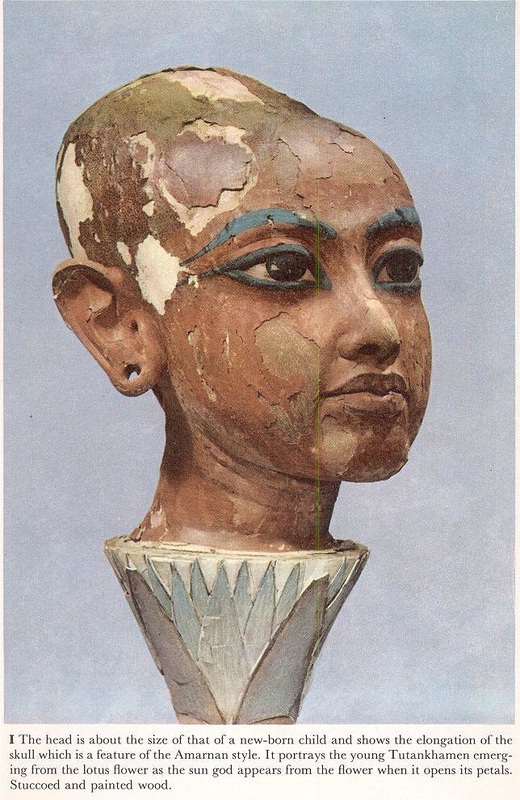
The film inverts Sitchin’s theory that the technologically advanced inhabitants of Nibiru, known to the ancient Sumerians as ‘Annunaki,’ were responsible for kick-starting human evolution. A self-taught Sumerian scholar, Sitchin created from his reading of Sumerian mythological texts an alternate history of the solar system, in which a ‘twelfth planet’ on a vast elliptical orbit around the sun intersects with Earth’s orbit every 3,600 years. The planet is question is known as Nibiru, named after the world Zecharia Sitchin describes in his best-selling book, The Twelfth Planet (1976). The scene in fact makes an overt reference to a famous chapter in ancient astronaut lore.

For the descendants of this world, Kirk and McCoy will be ancient aliens. The crew of the Enterprise save the planet from certain destruction, but in the process steer its inhabitants toward a potentially dangerous evolutionary path. When the ship warps away, the group’s elder scrapes an outline of the Enterprise in the soil as the rest of the tribe looks on in excitement. The natives immediately toss aside their scroll and kneel in worship before the rapidly ascending Enterprise. In violation of the Prime Directive (non-interference in the development of pre-warp civilizations 2), Kirk is forced to reveal the ship when it leaves the planet. Enterprise, which is concealed underwater. When the natives are out of danger, Kirk abandons the scroll and returns to the U.S.S. In an effort to lure them from their temple, which is about to be destroyed by a volcanic eruption, Kirk steals their sacred scroll. Kirk (Chris Pine) and Leonard ‘Bones’ McCoy (Karl Urban) fleeing the very small indigenous population of a crimson forested planet. Star Trek: Into Darkness (2013) opens in medias res with James T. As such, the ancient alien topos, though pseudo-archaeological, is a significant cultural expression of the dialogic relationship between archaeology and SF film and television as popular and imaginative expressions of historical identity and geopolitical mediation. This chapter contends that recurrent themes such as doomsday weapons, extra-terrestrial invasion threats, government conspiracies, genetic tampering, the rise and fall of civilizations, the Mayan calendar, and the insistent focus on the Middle East as the origin of civilization and setting for the (imminent) apocalypse cast palpable contemporary geopolitical anxieties into challenging narratives of cultural origins. Of particular interest is the threatening sense of the past, which capitalizes and obliquely comments on the current state of insecurity generated in all sorts of news, documentary and fictional media.


Integral to these viewing experiences of Ancient Aliens are the kinds of future-pasts exposed in the series.
#Ancient aliens narrator series
Focusing on the History Channel's popular series Ancient Aliens (2009-), this chapter examines how the (pseudo)documentary mode of representing the incredible idea that extra-terrestrial intelligences intervened in human history directs amateur experiences of archaeology towards SF conventions.


 0 kommentar(er)
0 kommentar(er)
